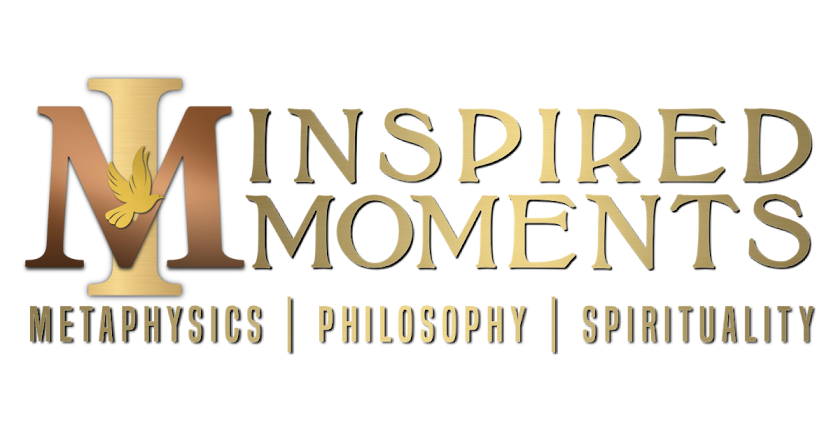THE REAL ROOTS OF EASTER
Easter is an annual celebration observed throughout the Christian world. However, there are absolutely no verses in the Christian Bible that authorize or endorse the keeping of this tradition.
Furthermore … the Bible does not mention anything about Easter eggs, Easter baskets, Easter bunnies, or even Lent. These very items were used in the pagan rituals of the Mystery Religion of ancient Babylon. Stay with me.
So then, where did the tradition of celebrating Easter originate? The hidden accounts of the original Easter festival - which was
initiated several thousand years ago - many years before the belief in a birth, death, and resurrection of Jesus the Nazarene.
The “Easter” celebration has its origins in the ancient Pagan world. It must be noted that the pagan and occult calendar is comprised of four periods of 13 weeks each. Through the symbolism of Gematria and Numerology, it is believed that numbers contain inherent power, and countless ancients based their lives on numerology and/or gematria. Many still do. Numerology is also a key component of astrology. Thus the occult calendar is divided into 4 parts of 13 weeks each. Note that 13 x 4 = 52 weeks – our year.
Numerology assigns “6” to represent the number of man, and the number “7” to represent the number of Divine perfection. Thus, as a person climbs the “Jacob's Ladder” toward self-perfection … the number “13” represents the state of Divine perfection, self-achieved perfection, and Illumination (6+7 = 13).
Historically, the word “Easter” is derived from the Scandinavian “Ostra” and the Teutonic “Ostern” or “Eastre” - both of whom were goddesses of ancient mythology and were identified with spring and fertility. Festivals for these goddesses were celebrated on the first day of the vernal equinox - March 21. Important parts of these pagan celebrations included the rabbit, colored eggs, and gifts - all of which represented fertility.
Easter is steeped in the Mysteries of ancient Babylon. “Ishtar” - the Babylonian goddess - is the one for whom Easter is named. Ishtar is but another name for Semiramis – the wife of Nimrod. Semiramis and Nimrod were responsible for instituting the building of the tower of Babel.
This “Easter” festival was part of the Babylonian Mysteries started by Nimrod and Semiramis. They also established themselves as god and goddess, to be worshipped by the people of Babylon. As most all ancient royalty and/or rulers they were considered to be elevated to the stature of gods. This was true in ancient Egypt as well.
Nimrod was worshipped as the Sun God. He was worshipped in numerous cultures and countries under a variety of names: Samas, Attis, Uti, Merodach/Marduk, Ninus, Bel/Baal, Moloch, Tammuz - the list is virtually endless. Some of these names have also been reference in Biblical scriptures.
Ishtar / Easter was worshipped as the moon goddess, the goddess of spring and fertility, and the Queen of Heaven. She is known by so many other names in other countries and cultures that she is often referred to as the goddess of one thousand names.
The Babylonians celebrated the day of Ishtar / Easter as the return of the goddess of Spring – the re-birth or reincarnation of Nature, and the goddess of Nature. Babylonian legend tells us that each year a huge egg would fall from heaven and would land in the area around the Euphrates River.
In her yearly re-birth, Ishtar would break out of this egg and if any of those celebrating this occasion happened to find her egg, Ishtar would bestow a special blessing on that person. In other words. an Ishtar/Easter Egg Hunt.
From Babylon, this mystery religion spread to Egypt, Asia, Europe, North and South America, all over the world, and eventually was incorporated into mainstream Christian religion in an effort to entice, and/or expand the Constantinian version of Christianity created at the Council of Nicea in 325 CE. Constantine had plans to unite his Kingdom under one common and universal religion. This is where the “Holy Roman Catholic Church” was derived. The word “catholic” means “universal” in Greek.
So what about the timing of Easter tradition? It is said that Jesus told the scribes and Pharisees that when He died, He would be in the “heart of the earth” for three days and three nights (72 hours) before He arose. The traditional Christian Good Friday to Sunday celebration however only accounts for Jesus’ being in the heart of the earth for two nights and one day. It differs slightly in Orthodoxy. Remember also, that the ancient Lunar Calendar began each new day at sunset. This differs from the current Solar Calendar. The reasoning was fairly simple, from the darkness comes the light. Night, into day.
There are absolutely no verses anywhere in the Bible that authorize or endorse the keeping of an Easter celebration. Further, the Bible says nothing about the practice of observing Lent, dying Easter eggs, having Easter egg hunts, baskets of candy, bonnets – and so on. Easter has long been known to be an important Pagan festival, and has been blended into the Christian traditions.
This festive celebration is clearly an ancient event, adopted by Christianity to align with Pascha/Paskha (Greek), or passover from the OT Hebrew scriptures. There is a great library of gnosis and information available to all of us, if we just take the time to research what we believe, and why.
Just a thought ...
Justin Taylor, ORDM.
